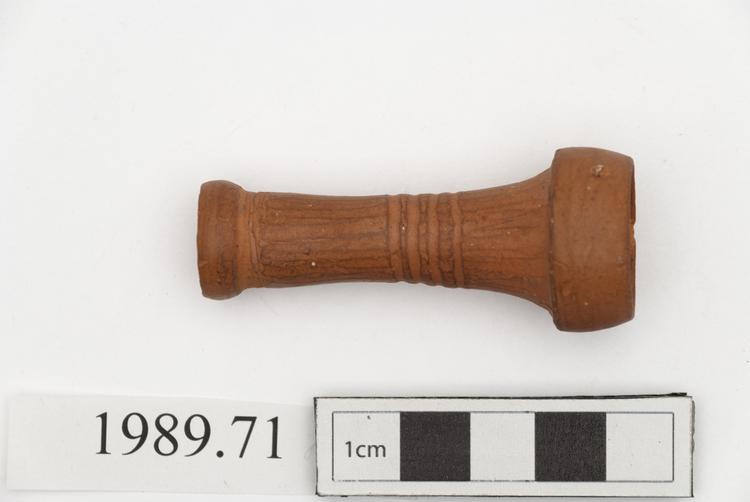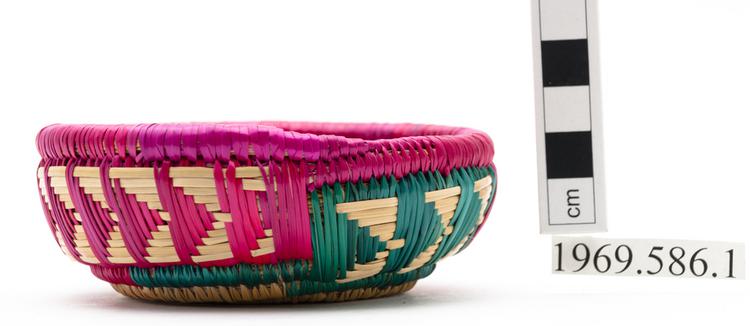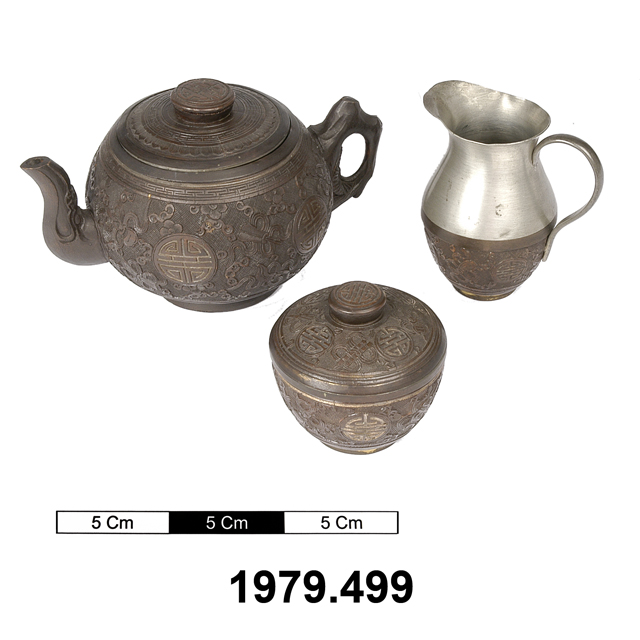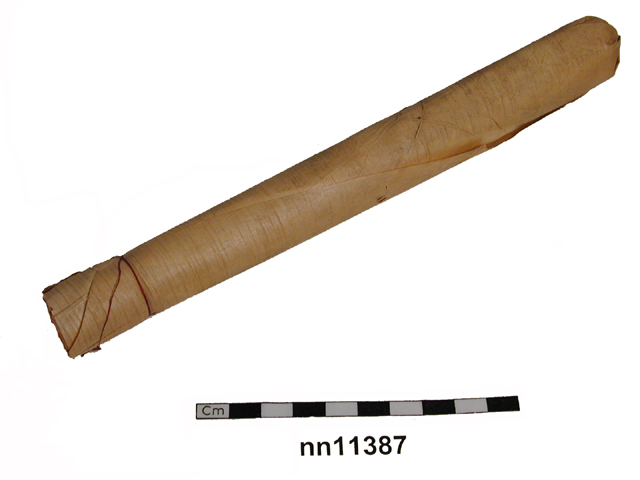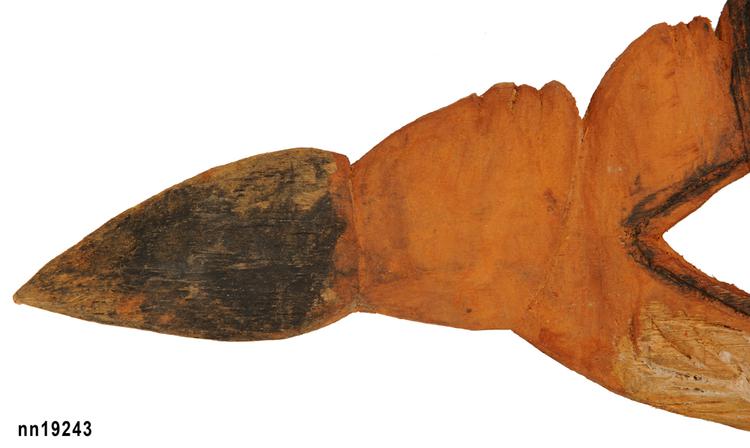
Canoe prow board of soft wood. This example bears a number of pierced fretwork elements. One side of the board bears a solid panel, which is engraved with a shallow key motif, and the base of the board is painted with red and black stripes. A small loop of wood is broken off on the second ring from the bottom of the panel.
Yes, a rather plain canoe prow. I’m not greatly given to anthropomorphic descriptions like ‘two abstract human busts’. This relates to the more general problem of interpreting meanings. Several specialists like Schneebaum and Smidt have attempted to provide a grammar of design for Asmat carving and other artistic products. The besetting problem is that carvers, owners and others each give their own set of explanations which are mutually contradictory. This doesn’t mean that carvers don’t recognise motifs (particularly their own) but that this is not a topic to which they pay much attention. I don’t know what ‘sawi’ means at the start of the description. Could it be a miss-spelling of ‘Sawa’, a village where there is much canoe prow carving in the northwest district?



